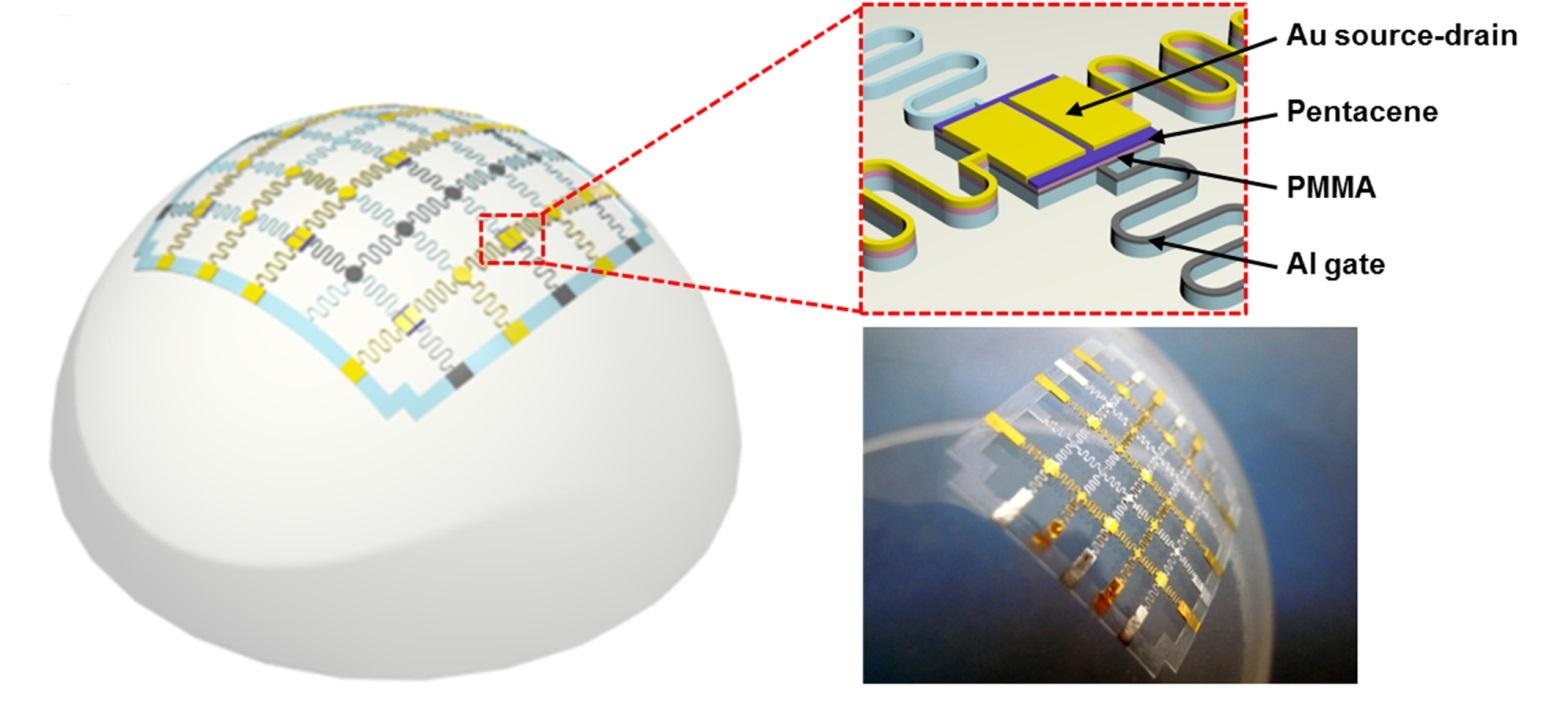 admin
admin  2020-09-25 16:00:22
2020-09-25 16:00:22
Researchers at the University of Tokyo have developed an ultra-thin pressure sensor that can be directly attached to the skin to measure the interaction between the finger and the object, and generate useful data for medical and other technical applications. The sensor has little effect on the user's sensitivity and ability to grasp objects, and it can resist interference caused by friction.

Our hands are the main tools for direct interaction and manipulation with materials and the external environment. By recording the way the hands perform various tasks, it can help researchers in fields such as sports, medical sciences, and neuroengineering. But it is not easy to obtain these data.
"Our fingertips are very sensitive, or it can be said to be extremely sensitive, only a few millionths of a meter thick ultra-thin plastic foil is enough to affect people's perception," said Sunghoon Lee, a lecturer at the University of Tokyo. "So the wearable sensor of the finger must be very thin. But this obviously makes it very fragile and easily damaged by friction or repeated physical actions. In order to solve this problem, we have made a special functional material, which is thin It is also porous and is called a nanosensor."
Lee's sensor has two layers. Both layers are made by a process called electrospinning, which is similar to spider web weaving. One is an insulating polyurethane mesh, the fiber thickness is about 200 nanometers to 400 nanometers, about one-fifth the thickness of a human hair. The second layer is a template-like line network, which constitutes the functional electronic components of the sensor. It is made of gold. The supporting frame used is polyvinyl alcohol. After manufacturing, it will be washed away, leaving only the gold it supports. The combination of multiple layers forms a functional pressure and motion sensor.
"We conducted a series of rigorous tests on the sensor with the help of 18 test subjects," Lee said. "The tester confirmed that the sensor is imperceptible, and will neither affect the ability to grasp objects through friction, nor affect the sensitivity of the sensor compared to performing the same task without an additional sensor."
This is the world's first successful demonstration of a fingertip sensor that does not affect skin sensitivity. Moreover, the sensor can maintain its performance as a pressure sensor without breaking even after rubbing the surface with a force of 100 kPa (roughly equivalent to atmospheric pressure) for 300 times. One novel application the team hopes to see is the digital archiving of the work of artisans and even skilled surgeons. If these processes can be recorded, it is possible to train the machine how to perform tasks to achieve higher fidelity than ever.
The title of the paper is "Nanomesh pressure sensor for monitoring finger manipulation without sensory interference".